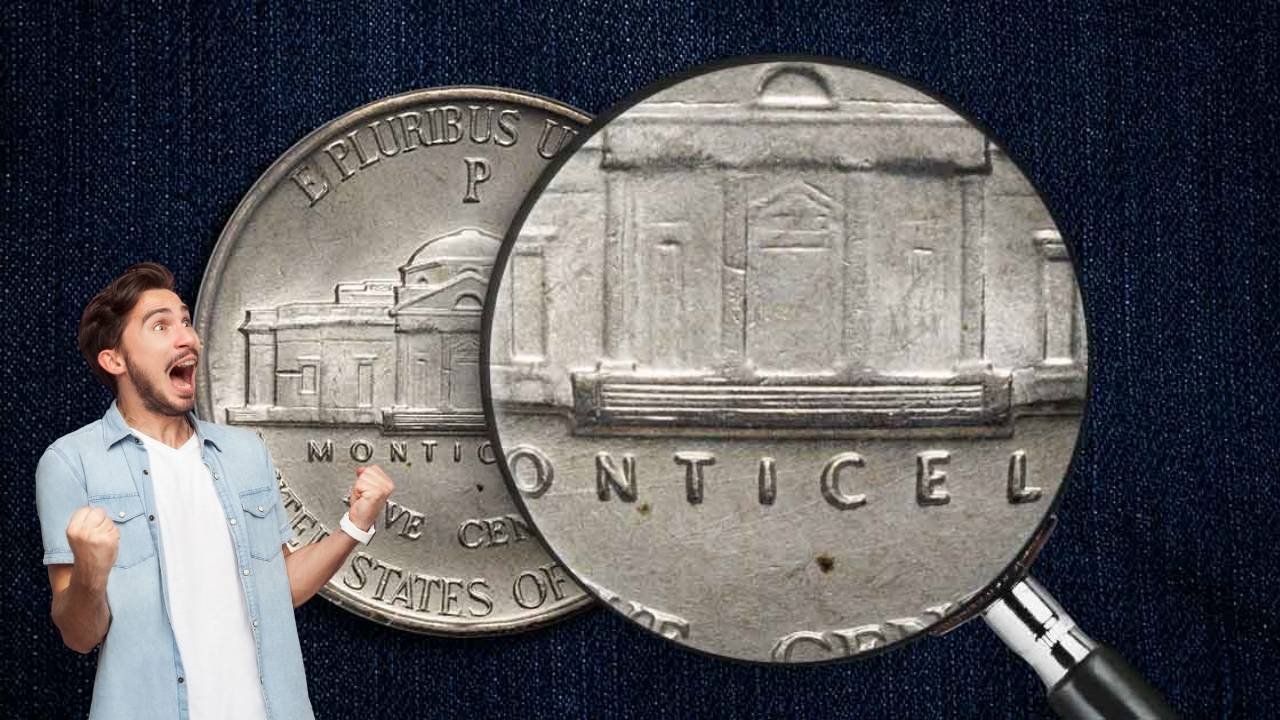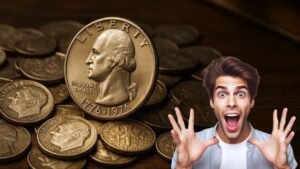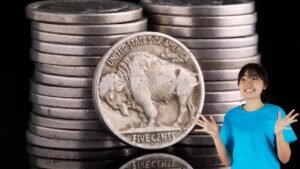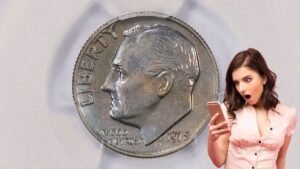Imagine finding a nickel in your pocket that’s not worth five cents—but $2.7 million. That’s the mystery and excitement surrounding a rare Jefferson Nickel that has captured the attention of collectors across the United States. While most nickels are common pocket change, certain dates, mint marks, and minting errors have turned some into treasures worth thousands—or even millions.
Why the Jefferson Nickel Is Unique
First issued in 1938, the Jefferson Nickel replaced the Buffalo Nickel and quickly became an American classic. The design features:
- Obverse: Thomas Jefferson’s portrait
- Reverse: Jefferson’s Monticello home
Over the decades, special editions, wartime silver alloys, and minting errors have made specific Jefferson Nickels incredibly valuable. The legendary $2.7 million nickel is believed to be one-of-a-kind, fueling endless curiosity among collectors.
Key Jefferson Nickels Collectors Hunt For
Not every Jefferson Nickel is valuable, but certain years and varieties stand out.
| Year & Mint Mark | Notable Feature | Estimated Value |
|---|---|---|
| 1939-D | Rare Reverse of 1938 design | Up to $10,000 |
| 1942-P | Silver “War Nickel” (35% Ag) | $500 – $1,500 |
| 1950-D | Low mintage (2.6M struck) | $10,000 – $20,000 |
| 1964 SMS | Special Mint Set rarity | $30,000+ |
| Unique Piece | Rumored error/prototype | $2.7 Million |
These rare editions prove that even a small coin can carry life-changing value.
What Makes the $2.7 Million Jefferson Nickel Special?
While details remain debated, experts believe this extraordinary coin may be:
- A prototype strike never intended for circulation
- A unique minting error, possibly off-metal or doubled die
- A specimen in unmatched condition, graded at the highest levels
Its mystery and scarcity drive collectors to pay astronomical sums.
How to Spot a Rare Jefferson Nickel
Before you spend that nickel, here are things to look for:
- Mint Marks – “D” (Denver) and “S” (San Francisco) nickels from certain years are worth more.
- Errors – Look for double strikes, misaligned dies, or unusual metal.
- Condition – Coins with sharp details and minimal wear (MS65 or higher) fetch premium prices.
- War Nickels (1942–1945) – Contain 35% silver and have a large mint mark above Monticello.
- Special Strikes – Proof and SMS (Special Mint Set) coins have mirror-like finishes.
Why Collectors Love Jefferson Nickels
The Jefferson Nickel is a favorite among coin enthusiasts because:
- They’re affordable to start collecting—most are found in circulation.
- They hold historical significance, especially WWII silver nickels.
- They offer hidden treasures, with rare varieties still being discovered.
- They provide the thrill of the hunt, as the $2.7 million nickel could still be out there.
Tips for Beginners in Nickel Collecting
If you’re new to coin collecting, here are a few simple steps:
- Save all nickels from pocket change and check them carefully.
- Use a magnifying glass to spot small errors.
- Keep coins in a coin album to preserve condition.
- Learn about key dates and varieties using collector guides.
- Join coin forums or local clubs for advice and trading.
FAQs About the Jefferson Nickel
Q1: Are all Jefferson Nickels valuable?
No, most are worth only five cents, but rare dates and error coins can be worth thousands.
Q2: What’s the most valuable Jefferson Nickel?
A rumored unique specimen valued at $2.7 million holds the record.
Q3: How do I know if my nickel is rare?
Check the year, mint mark, and look for errors. Authentication from PCGS or NGC is recommended.
Q4: Can nickels from circulation still be valuable?
Yes, rare varieties have been discovered in everyday change.
Q5: Where can I sell a valuable nickel?
Auction houses, coin dealers, and certified online platforms are the best options.
Conclusion
The story of the Jefferson Nickel valued at $2.7 million proves that treasures can still hide in plain sight. With its rich history, rare errors, and mysterious high-value specimens, this humble coin has become one of America’s most exciting collectibles.
So before you toss that nickel back into circulation, take a closer look—you might just be holding a fortune in your hand.



